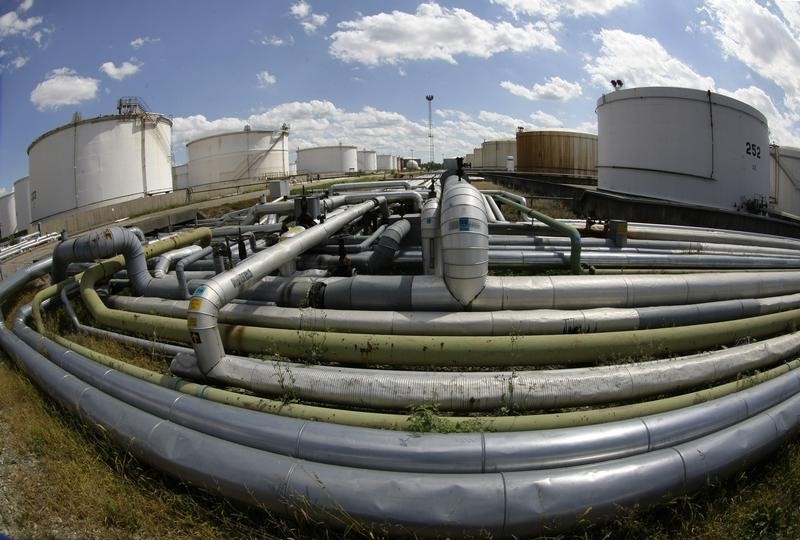By Geoffrey Smith
Investing.com -- Oil prices fell on Tuesday as the spread of tighter public health measures across the U.S. intensified the fear of fresh lockdown measures, while a chilling blast from major Royal Dutch Shell (LON:RDSa) reminded the market of the challenges still ahead.
By 9:30 AM ET (1330 GMT), U.S. crude futures were down 1.8% at $38.99 a barrel, while the international benchmark Brent was down 1.7% at $41.14.
Gasoline futures were flat at $1.1882 a gallon.
The outlook for demand has been clouded further in the U.S. by the reintroduction of more restrictive public health measures in parts of the country. Various counties in California and Florida have closed their beaches for the July 4 weekend due to the sharp rise in new infections of Covid-19 over the last two weeks. The states of Kansas and Oregon, meanwhile, have imposed a requirement to wear masks in indoor public spaces.
U.S. gasoline demand already appears to be weakening as the virus regains momentum. Preliminary data from the Pay With Gasbuddy app suggest U.S. gas demand fell 9% last week, according to Gas Buddy analyst Patrick de Haan.
Away from the U.S., Royal Dutch Shell followed rival BP (NYSE:BP) in announcing big asset impairments as it revised down its expectations for prices over the next three years. The company said it would take a charge of as much as $22 billion in the current quarter and said it didn’t expect crude prices to return to $60 a barrel until 2023. Shell also said it expected long-run refining margins to be 30% lower than they had been before the pandemic.
And prices were also pressured by reports that Libya may soon be able to resume crude exports, after a hiatus of six months caused by the country’s civil war. Libya’s national oil company had complained last week about Russian mercenaries blockading its biggest field.
On the more supportive side, Platts reported that both Saudi Aramco (SE:2222) and the UAE’s national oil company were looking at raising their official selling prices for August, something that reflects confidence that the physical market will have returned to balance by then.
